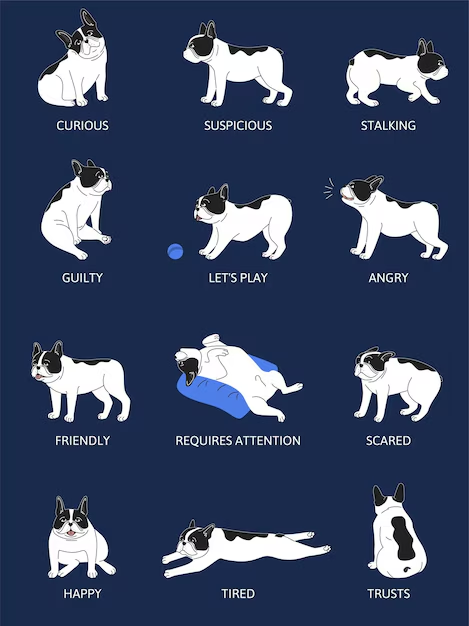Understanding Pet Behavior: What Your Dog or Cat Is Trying to Tell You

Pets are more than just animals—they’re family. And like family, they communicate with us in unique ways. While they may not speak our language, dogs and cats have a remarkable ability to express their feelings, needs, and even health conditions through their behavior. By learning to interpret these signals, you can deepen your bond with your furry companion and ensure their well-being.
At High Furries, we believe understanding your pet’s behavior is key to building trust and fostering a harmonious relationship. Let’s dive into the fascinating world of pet communication and what your dog or cat is trying to tell you.
Body Language: The Key to Communication
Both dogs and cats rely heavily on body language to express themselves. From tail movements to ear positions, their gestures can tell you a lot about their emotions.
For Dogs:
– Wagging Tail: Contrary to popular belief, a wagging tail doesn’t always mean a dog is happy. A slow wag with a stiff body can indicate uncertainty, while a rapid wag with a relaxed body usually signals excitement.
– Pinned Ears: When a dog’s ears are pinned back, it may feel scared or submissive. On the other hand, perked-up ears indicate curiosity or alertness.
– Play Bow: This classic gesture—with the front legs stretched out and the rear end in the air—signals playfulness.
For Cats:
– Purring: While purring is often associated with contentment, cats may also purr when they’re in pain or anxious. Context matters!
– Twitching Tail: A flicking tail often means a cat is irritated or overstimulated.
– Slow Blinks: Cats slow blink as a sign of trust and affection. Try blinking back to mimic this loving gesture.
Common Pet Behaviors and What They Mean
Behavior: Chewing or Scratching
– Dogs: Excessive chewing can signal boredom, anxiety, or teething in puppies. Provide chew toys to redirect this behavior.
– Cats: Scratching is natural for cats to mark territory and sharpen their claws. A scratching post can help save your furniture.
Behavior: Excessive Barking or Meowing
– Dogs: Persistent barking can mean your dog feels lonely, threatened, or excited. Pay attention to the tone and frequency to understand the cause.
– Cats: Excessive meowing can indicate hunger, attention-seeking, or even a health issue. Keep an eye on their overall behavior.
Behavior: Hiding or Cowering
– Both dogs and cats may hide when they’re scared, anxious, or unwell. If this behavior persists, consult your veterinarian to rule out medical concerns.
Behavior: Licking You
– Licking is often a sign of affection in dogs and cats, but excessive licking can indicate anxiety or skin irritation.
How to Respond to Your Pet’s Behavior
– Be Observant: Pay attention to patterns in your pet’s actions to understand triggers.
– Use Positive Reinforcement: Reward good behavior with treats, toys, or affection.
– Stay Patient: Behavioral changes can take time, especially when training or addressing issues.
– Consult Professionals: If you’re unsure about your pet’s behavior, seek advice from a veterinarian or animal behaviorist.
Why Understanding Behavior Is Crucial?
Understanding your pet’s behavior isn’t just about making life easier—it’s about improving their quality of life. A dog that barks excessively might need more physical activity or mental stimulation. A cat that hides frequently might be stressed or unwell. Recognizing these signs allows you to take proactive steps toward ensuring your pet’s happiness and health.
High Furries: Your Partner in Pet Care
At High Furries, we’re more than just a pet care platform. We’re a community of pet lovers dedicated to helping you build a strong, meaningful relationship with your furry friend. From expert advice on behavior management to premium products for mental and physical well-being, we’ve got you covered.
Take the First Step Today!
Ready to better understand your pet’s unique needs?
Visit High Furries and explore our resources, products, and services tailored to every pet parent’s journey. Together, let’s decode your pet’s language and build a happier, healthier life for them.
Because every wag, purr, and tail flick tells a story—let’s listen!
